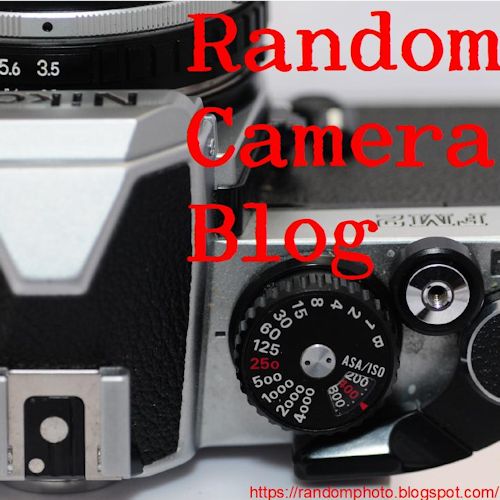I thought that I had sworn off single-use cameras, but a few months ago, I purchased three Ilford Ilfocolor Rapid Half Frame single-use cameras from Reformed Film Lab for $7 each. I probably should have gone with the special price of $6 each if I had purchased 10. I’ve always had a sort of love-hate relationship with half frame 35mm. I loved the compactness of the cameras, but churning through a roll of film took some time, and the vertical format wasn’t exactly a favorite. However, I figured that the price was too good to pass up, and I could always wind the film into the cassette in the darkroom and use the film in another camera should I want to.
First of all, at this price, it was too good to pass up, and I opened the package to get a look at the camera — it looks pretty much like any other single-use camera, but with a viewfinder that matches the half-frame aspect. A 27-exposure roll of film becomes 54 half-frames. Certainly enough to evaluate the camera. The camera has a built-in flash, activated by a switch on the front. The film is stated to be 400 ISO color, and I have no idea what emulsion it is supposed to be, but it looks a lot like Kodak Gold 400. It is NOT the same film that’s labeled as Ilfocolor 400 Plus Vintage Tone, which I will review separately. In addition, the only color film that Ilford/Harman is currently making is the Phoenix 200. So, these cameras are using some other outsourced film. They are made in China, not the EU. While the film is "expired" in 02/2025, it should be good for a few years more.
Over the course of a couple of months, I shot the roll and took it to Ball Photo in Asheville to be developed. After scanning the film myself, I have to say that I am pleased with the results from this camera. For one using this camera, like any other single -use camera, is easy. There’s no focusing, just point and shoot. To be fair, I picked subjects that I thought would work well with the film format and exposure latitude of 400 ISO color film. I used the flash only a couple of times, and you definitely need to be within 8 feet of the subject.
Here are some examples from the first roll, all scanned on my Epson V700 scanner:
 |
| Some of the images with clear blue skies had yellow streaks in the sky as shown in the enlargement below. |
I sent one of the cameras to my daughter, and I cannibalized the other one for the roll of color film inside. Note - you need to wind the film into the cassette before you open the camera. You can do this by taping over the lens with black tape and shooting the roll, and it winds into the cassette with each exposure, or in this case, unexposure! Then, you crack open the camera to retrieve the cassette. If you have wound the film all the way into the cassette, a leader retriever will get the end of the film out.
Now that I see the results from this camera, I’ll have to see if Reformed Film lab has any left to sell. While I’m not ready to plunk down $500 for the Pentax 17, this Ilfocolor camera will give you a good idea what to expect with half-frame cameras. I know that Kodak has a simple half-frame plastic camera, but their H35N sells for between $45 and $60, a far cry from the $7 I spent, and I would expect similar results from the Kodak. The Kodak H35N does have a bulb mode and a coated glass lens, but I have yet to try one out. If anything, the Ilford Rapid Half-Frame is a good introduction to the world of half-frame 35mm, and I highly recommend it if you can find one. I ordered 10 more of them from Reformed Film Lab on 3/30/25, so they are still available.





















No comments:
Post a Comment